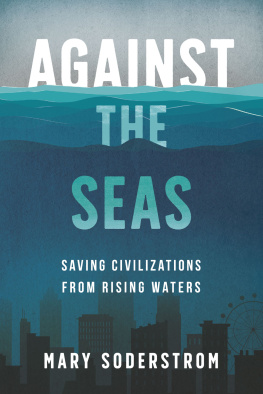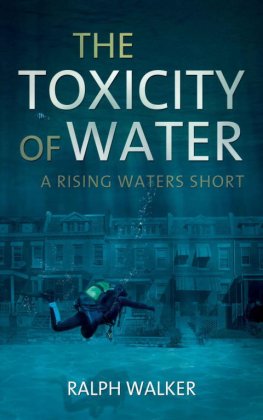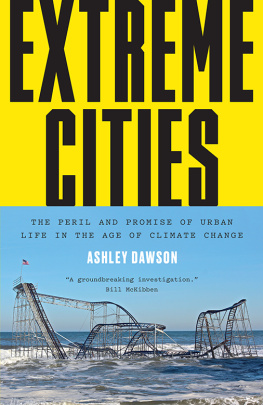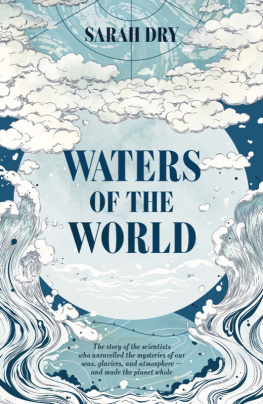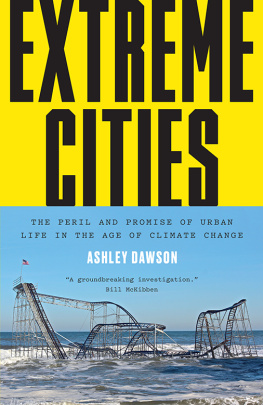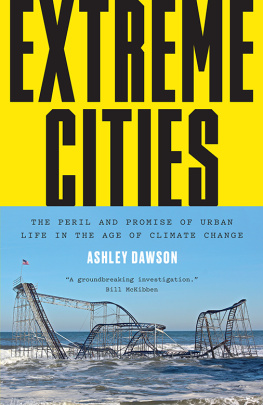Table of Contents
Landmarks
List of Pages
Against The Seas
Against The Seas
Saving Civilizations From Rising Waters
Mary Soderstrom

Copyright Mary Soderstrom, 2023
All rights reserved. No part of this publication may be reproduced, stored in a retrieval system, or transmitted in any form or by any means, electronic, mechanical, photocopying, recording, or otherwise (except for brief passages for purpose of review) without the prior permission of Dundurn Press. Permission to photocopy should be requested from Access Copyright.
Publisher and acquiring editor: Kwame Scott Fraser | Editor: Dominic Farrell
Cover and interior designer: Karen Alexiou
Cover image: water: shutterstock.com/natashanast; city: rawpixel.com/Freepik
Library and Archives Canada Cataloguing in Publication
Title: Against the seas : saving civilizations from rising waters / Mary Soderstrom.
Names: Soderstrom, Mary, 1942- author.
Description: Includes bibliographical references and index.
Identifiers: Canadiana (print) 2022043252X | Canadiana (ebook) 20220432538 | ISBN 9781459750487 (softcover) | ISBN 9781459750494 (PDF) | ISBN 9781459750500 (EPUB) Subjects: LCSH: Sea levelEnvironmental aspects. | LCSH: Sea levelEnvironmental aspects History. | LCSH: Sea levelForecasting. | LCSH: Flood forecasting. | LCSH: Flood control. | LCSH: Flood damage prevention. | LCSH: Climatic changes.
Classification: LCC GC89 .S63 2023 | DDC 551.45/8dc23

We acknowledge the support of the Canada Council for the Arts and the Ontario Arts Council for our publishing program. We also acknowledge the financial support of the Government of Ontario, through the Ontario Book Publishing Tax Credit and Ontario Creates, and the Government of Canada.
Care has been taken to trace the ownership of copyright material used in this book. The author and the publisher welcome any information enabling them to rectify any references or credits in subsequent editions.
The publisher is not responsible for websites or their content unless they are owned by the publisher.
Printed and bound in Canada.
Dundurn Press
1382 Queen Street East
Toronto, Ontario, Canada M4L 1C9
This one is particularly for Jeanne Nivon and Thomas and Louis Soderstrom, but also for all children who will grow up in a world with rising seas.
Our Immortality
From ages long, long past Great thundering masses Of green-blue water have crashed Against this shore,
Each retreating wave carrying with it Part of the eternal rock To lands far off
To lands unborn.
So has it been
Since earth began;
So will it be When little man has gone his little way. The coast will change;
New harbours shelter other ships, New cliffs protect new, wiser nations From ravages of storm and surf.
And you and I like all mankind, shall fade, Not see the golden dawn of better days. And yet our love, like life, remains Seen in the calm green depths, the cliffs Immortal in their change, and best, in the Sad timelessness of sea and shores Tumultuous embrace.
Mary McGowan
1956
Contents

The problems of rising sea level and more violent storms around the Salish Sea, in the St. Lawrence estuary, in Bangladeshs Sundarbans, and in the great port cities of Shanghai and Jakarta illustrate what we all are up against as the climate changes and waters rise.
Description
The map points out areas of concern for rising seas: the Salish Sea, the St. Lawrence estuary, Shanghai, Sundarbans, and Jakarta.
Preface
I started seriously thinking about rising sea levels due to climate change a few summers ago, when I was working on a book about concrete, Concrete: From Ancient Origins to a Problematic Future. Id dragged my husband along to see a newly finished cement factory on the south shore of Quebecs scenic Gasp Peninsula. The contrasts between the landscape and the project were striking: the plant, located at a remote and nearly pristine site, would soon be sending 1,028 kilograms of carbon dioxide (CO2) into the air for every metric ton of cement produced. Even though it was billed as the most environmentally friendly facility in North America and the first new one in a couple of decades when operating at full capacity it would be the biggest CO2 producer in the province.
Beyond the perimeter of the plant, the scenery was glorious, and after Id done my interviews, we spent a couple of days driving around the peninsula, enjoying countryside that in places reminded me strangely (or so I thought at the time) of my many trips around the Salish Sea, the arm of the Pacific Ocean that runs from north of Vancouver, British Columbia, to south of Seattle, Washington. When we turned back west toward Montreal, thoughts about the land and the danger posed to it by rising sea levels, themselves caused by climate change, crashed into my consciousness the way the waves along the St. Lawrence estuary attacked the shore.
The highway runs for about sixty kilometres along the base of cliffs that are protected by loads of concrete rip-rap, and even on this rather calm day, waves sent sprays of water across the road in places. For a good part of the rest of the way home, I mused about this, thinking of all the roads Id driven along that would soon be prey to rising water, or perhaps were already.
The section of Interstate 5 in Washington State that runs across the Skagit River floodplain, with its colourful fields of tulips, came to mind, as did the stretch of British Columbias Highway 99 where it crosses the Fraser River floodplain. I thought of other trips wed taken, like one through the eastern United States around Chesapeake Bay, itself the product of river valleys inundated by past rising seas. I found myself remembering all those videos of high tides in Miami and hurricane damage in Louisiana, not to mention the news stories about Venice being submerged and islands melting away in Bangladesh, where the combined flow of the Padma, Brahmaputra, and Meghna Rivers enters the Bay of Bengal. Then there are island nations like Kiribati, the Marshall Islands, Tuvalu, and the Maldives all of them may actually disappear beneath the waves.
Nevertheless, at the time I had great hopes that some of us would be able to lead the way to a safer, saner planet, where the danger of being drowned in your bed was infinitesimally small.
But the outlook, my friends, is not good. Barring a major reversal in trends or some miracles sea levels will continue to rise and the frequency of extreme weather events, ranging from torrential rains to prolonged droughts, will continue to increase. The most optimistic forecasts call for an average of 1.5C above pre Industrial Age values even if we drastically cut greenhouse gas emissions and, if possible, suck CO2 out of the air. There is no question about whether we are going to have to make some adjustments. The questions are these: When? Are the measures already taken anywhere near what will be required? If not, what must we do to save civilization?
This book is about how people have coped for millennia with rising sea levels, which, believe it or not, are nothing new. For a very long stretch of time in human terms, folks who lived on the margins of oceans have been challenged by the sea, as the volume of water has increased due to melting glaciers, and so they have frequently had to move. Their story twists and turns the way a shoreline does, and ends well, we dont know yet where it will end, and that is part of its attraction.

